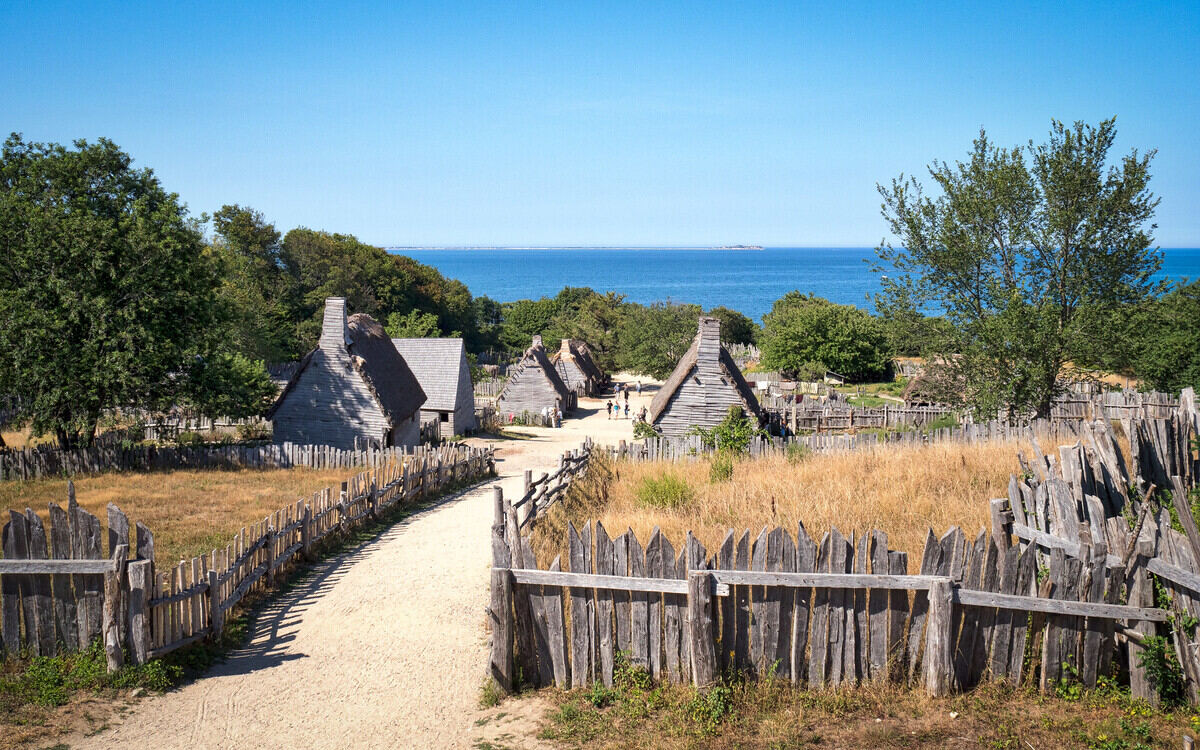Secrets Of Massachusetts’s Colonial Trade Routes

Have you ever wondered how Massachusetts's colonial trade routes shaped the region's history? These paths played a crucial role in the development of early American society. From bustling ports to hidden trails, the colonial trade routes of Massachusetts connected communities, facilitated commerce, and influenced the culture. Ships laden with goods like timber, fish, and furs set sail from Massachusetts's harbors, reaching distant shores. Meanwhile, overland routes saw wagons and horses transporting essential supplies between towns. Understanding these routes offers a glimpse into the daily lives of colonists and the economic forces driving their world. Let's dive into the fascinating story of Massachusetts's colonial trade routes and their lasting impact.
Discovering Massachusetts's Colonial Trade Routes
Massachusetts played a pivotal role in early American trade. Its bustling ports and strategic locations made it a hub for commerce. Let's explore some key places that were integral to colonial trade routes.
Boston: The Heart of Colonial Trade
Boston, the capital of Massachusetts, was the epicenter of colonial trade. Its harbor was a gateway for goods and ideas.
- Boston Harbor: Ships from Europe and the Caribbean docked here, bringing goods like sugar, molasses, and rum. The harbor buzzed with activity, making it a vital trade center.
- Faneuil Hall: Known as the "Cradle of Liberty," this marketplace was where merchants traded goods. It was a bustling hub for buying and selling everything from food to fabric.
- Old State House: This building was the seat of colonial government and a place where trade regulations were discussed. It played a crucial role in shaping trade policies.
Salem: A Port of Prosperity
Salem, famous for its witch trials, was also a significant trade port. Its ships traveled far and wide, bringing wealth to the town.
- Salem Maritime National Historic Site: This site preserves the history of Salem's maritime trade. It includes historic buildings, wharves, and a replica of a 1797 ship.
- Derby Wharf: The longest wharf in Salem, it was a bustling center for trade. Ships loaded with spices, tea, and other goods docked here.
- The Custom House: This building was where taxes on imported goods were collected. It played a vital role in regulating trade and ensuring the colony's revenue.
Newburyport: A Shipbuilding Powerhouse
Newburyport was known for its shipbuilding industry. Its location on the Merrimack River made it an ideal spot for constructing and launching ships.
- Cushing House Museum: This museum showcases the history of Newburyport's maritime trade. It includes exhibits on shipbuilding and the lives of sea captains.
- Bartlett Mall: This historic park was once a bustling marketplace where goods were traded. Today, it offers a glimpse into the town's vibrant past.
- Custom House Maritime Museum: Located in a historic custom house, this museum explores Newburyport's role in colonial trade. It features artifacts and exhibits on shipbuilding and trade.
Plymouth: The Pilgrims' Trading Post
Plymouth, where the Pilgrims landed, became an important trading post. Its location on the coast made it a key player in colonial commerce.
- Plymouth Rock: While famous for its historical significance, Plymouth Rock was also near a bustling port. Ships brought goods and supplies to the growing colony.
- Plimoth Patuxet Museums: These living history museums recreate the early days of Plymouth Colony. They offer insights into the trade practices of the Pilgrims and Native Americans.
- Mayflower II: A replica of the original Mayflower, this ship symbolizes the beginning of trade in Plymouth. It represents the exchange of goods and cultures between the Old World and the New.
Gloucester: A Fishing and Trading Hub
Gloucester, one of the oldest seaports in America, was a center for fishing and trade. Its location on Cape Ann made it a strategic spot for maritime activities.
- Cape Ann Museum: This museum explores Gloucester's maritime history. It includes exhibits on fishing, shipbuilding, and trade.
- Fitz Henry Lane House: The home of a famous maritime painter, this house offers a glimpse into Gloucester's seafaring past. It highlights the town's connection to the sea and trade.
- Gloucester Harbor: This harbor was a bustling center for fishing and trade. Ships loaded with fish and other goods set sail from here, contributing to the town's prosperity.
Discovering the Legacy of Colonial Trade Routes
Massachusetts's colonial trade routes offer a glimpse into the past. These paths shaped the state's history and economy. Exploring these routes, you can see how goods, ideas, and cultures moved. Towns like Salem and Boston played key roles in this network. Visiting these places, you can imagine the bustling ports and busy streets of the colonial era.
Walking these historic paths, you connect with the stories of merchants, sailors, and settlers. Their efforts laid the groundwork for modern Massachusetts. Whether you're a history buff or just curious, these routes provide a rich, educational experience.
So, next time you're in Massachusetts, take a moment to explore these colonial trade routes. You'll gain a deeper appreciation for the state's heritage and the people who helped shape it.

